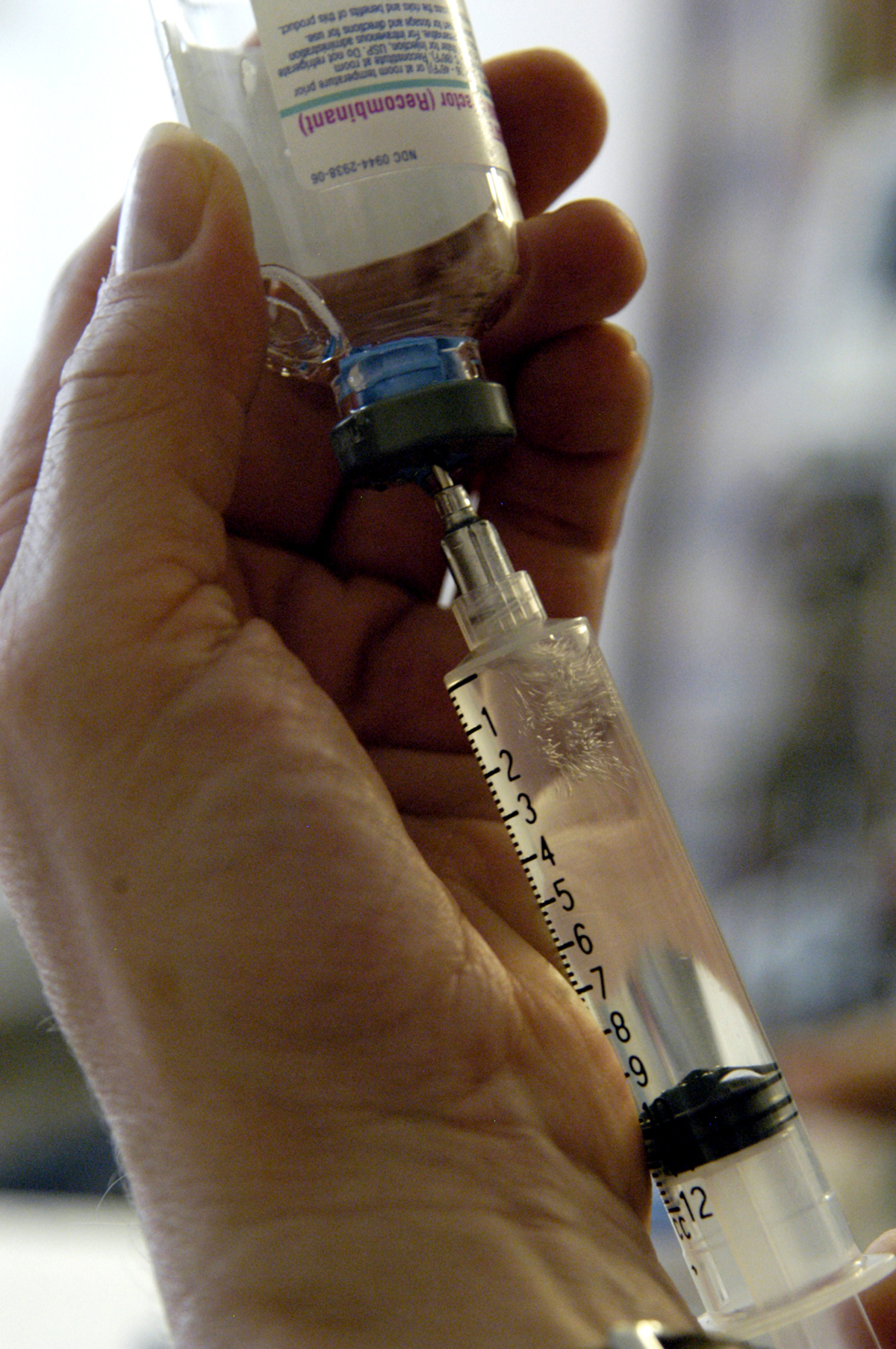
About Hemophilia
Hemophilia is a blood disorder that affects the blood-clotting system. The body normally repairs the damage caused by the loss of integrity of blood vessels. However, in people suffering from hemophilia the clotting process is not possible and in severe cases they may bleed to death. There are several types of hemophilia and all of them are associated with coagulation problems. Still, even though this is a life long illness it can be controlled and such patients can have active and productive lives.
The condition develops as a consequence of insufficient amount of clotting factors. In hemophilia A, the most common type of the disease, there is a lack of clotting factor VIII while in hemophilia B there is an insufficient amount of clotting factor IX. Hemophilia C is a rare type of the disease and features with the lack of clotting factor XI.
Symptoms and signs of hemophilia generally depend on the amount of deficient clot-forming proteins (blood clotting factors). In case of severe lack of blood clotting proteins a person is susceptible to spontaneous bleeding. Deficiency of these factors makes a person susceptible to bleeding and once it occurs even the slightest bleeding may require time to completely stop.
Therapy for Hemophilia
Unfortunately, there is no cure for hemophilia. However, thanks to medical advances the condition that used to be fatal for many people in the past centuries is now well controlled.
Treatment for hemophilia depends on the severity of the condition. Mild forms of hemophilia A are treated with injections of a hormone called desmopressin. The hormone stimulates an increase of the insufficient clotting factor. The drug is also available in a form of a nasal drug. In patients suffering from moderate and severe form of hemophilia A and B the bleeding stops only if they receive an infusion of clotting factors obtained from donated human blood. These factors can also be obtained from genetically engineered products and are known as recombinant clotting factors. And finally, hemophilia C is treated with plasma infusions. Preventative infusions of clotting factors allow patients to function properly at home, work or school and reduce the chance of complications associated with the illness. Damage to joint function that may occur due to recurrent bleeding may be treated with physical therapy. In spite of being highly effective replacement therapy also has some side effects. For example, patients may develop antibodies that act against the clotting factor and they may develop viral infections obtained with the plasma containing clotting factors. Delay in treatment is associated with damage to joints, muscles and other parts of the body.



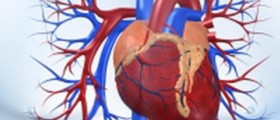

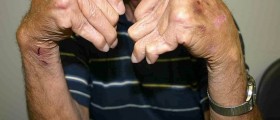
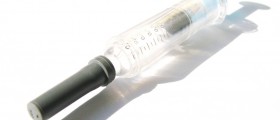
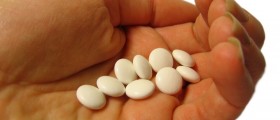

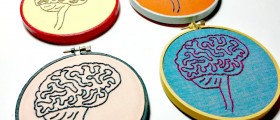

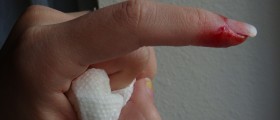





Your thoughts on this
Loading...